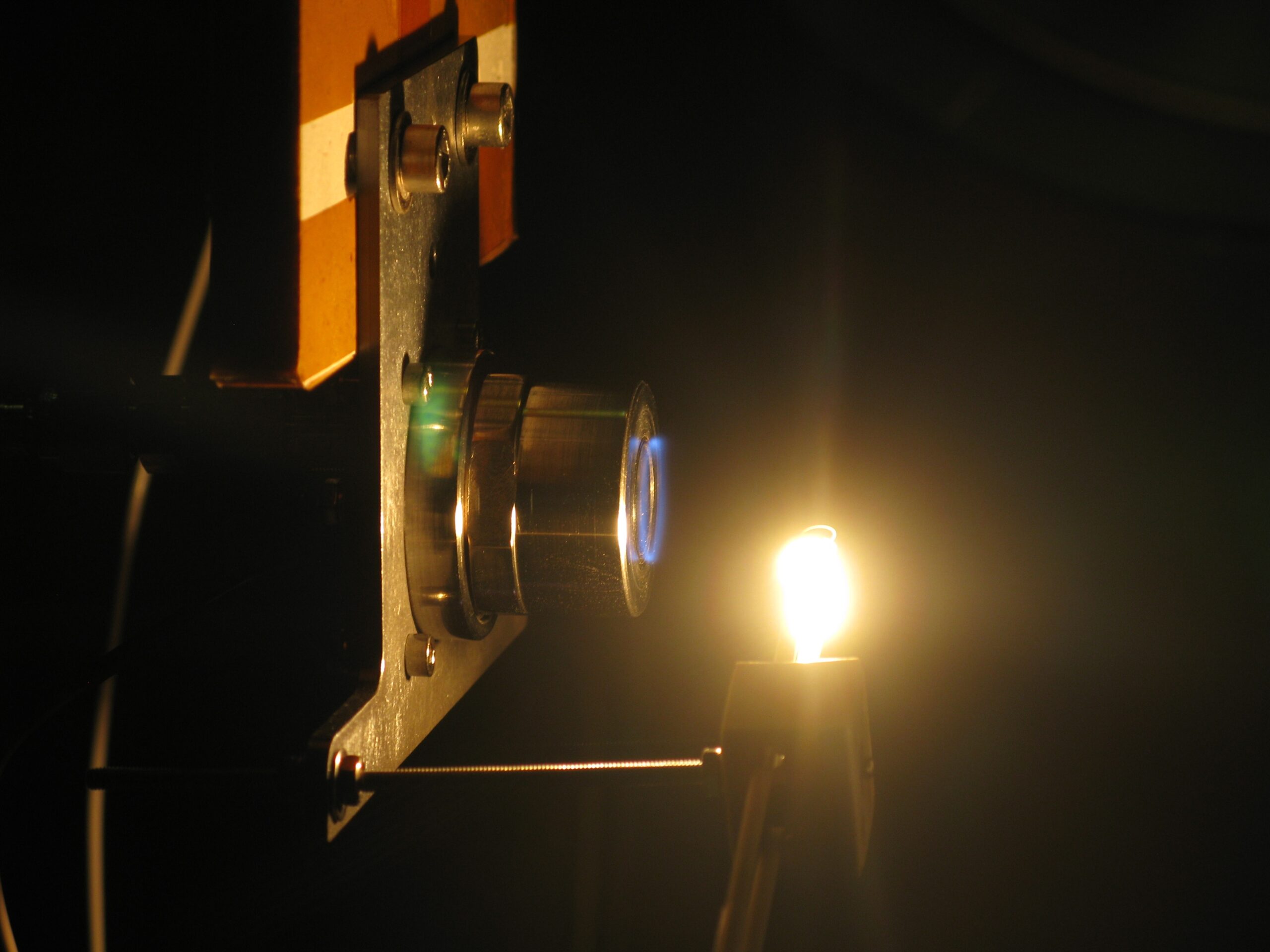ASRI member Prof. Joseph Lefkowitz from the Faculty of Aerospace Engineering is one of this year’s Asher Grant recipients, for his research about Low-power Hall thruster Diagnostics using Optical Emission Spectroscopy.
The use of nanosatellites for modern space applications is increasing due to their low launch costs. Given a propulsion capability, nanosatellites can perform complex tasks at a fraction of the cost for large satellites. However, there’s a considerable gap between the requirement for low power propulsion and the available solutions. Therefore, considerable efforts are invested in miniaturization of the popular “Hall Effect Thrusters” (HET).

Since low power HETs are usually very small (the discharge is within mm scale), existing diagnostics techniques cannot by applied easily. Therefore, in this work we propose an alternative approach for studying the spatial variation of plasma parameters in the near-field plume region by using non-intrusive Optical Emission Spectroscopy (OES) diagnostics. The studied thrusters will be Israeli-developed low power HETs with the hope of improving their design and performance. In OES we observe the light emitted from the plasma, and deduce the plasma properties from the emitted spectra (light intensity vs. wavelength). The determination of the plasma parameters using OES is not trivial and requires certain assumptions and physical models for the population of excited energy levels. Collisional Radiative Models (CRMs) are considered the most appropriate choice for non-equilibrium discharges such as Hall thrusters.
In order to perform the OES measurements, a spectroscopic experimental setup was assembled in ASRI, capable of obtaining measurements in sub-millimeter scale. We currently implementing an advanced CRM which was published recently and showed great potential for HET diagnostics. With the model we will be capable of determining the spatial distribution of the electron temperature and plasma density (two very important plasma parameters) in the plume region of the HET thrusters.